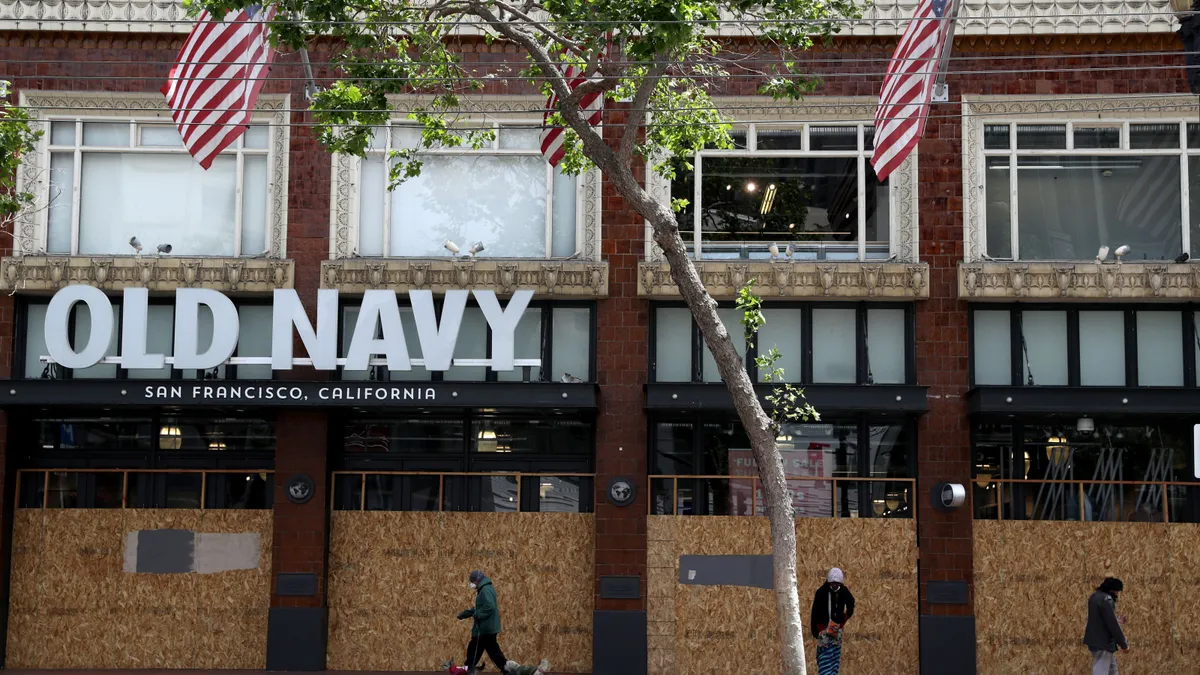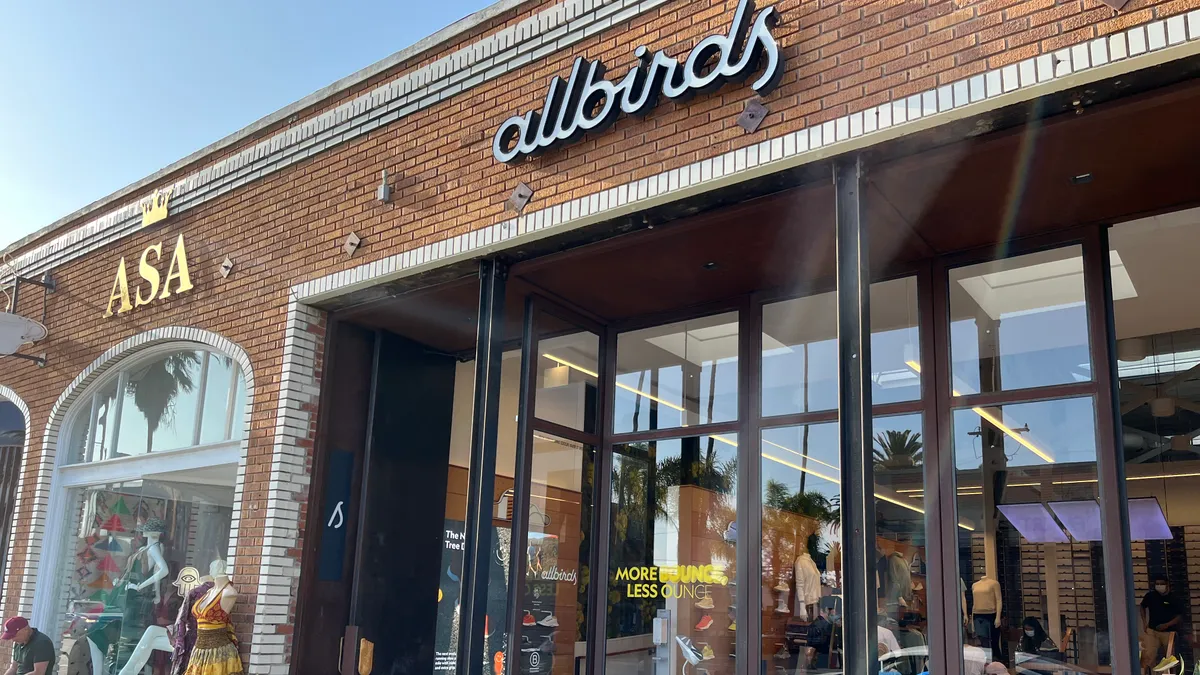Dive Brief:
-
United Parcel Service Inc. plans to hire as many as 95,000 workers for the upcoming holiday season, the company said Tuesday.
-
The improved employment picture could mean that higher pay will be needed to attract those workers willing and available to do seasonal work for UPS and other delivery companies, not to mention retailers themselves.
-
UPS and other delivery companies have struggled the past two years to meet the shipping expectations of retailers, which have made a habit of promising fast and cheap or free delivery at the holidays. FedEx seemed to have a better year last year after getting taken by surprise the previous year.
Dive Insight:
Many retailers have beefed up their logistics as they pursue ominichannel goals, and the widened network of warehouses and delivery facilities and increase in e-commerce could mean an even greater need for workers this year. UPS says it has increased its own capacity and is working with retailers to better anticipate the demands of the holiday shopping and post-holiday returns season.
Holiday logistics should be better this year because retailers have increasingly instituted new free shipping minimums more attractive to customers throughout the year, and not just as a holiday enticement. That has no doubt boosted e-commerce deliveries, but that should be less of a surprise than two years ago when retailers made promises on last-minute orders that were difficult to keep.
But many retailers have also increased their omnichannel offerings, from ship-from-store and in-store pickup that could add yet another wrinkle to fulfillment. Free shipping doesn’t seem to lead to sales, exactly, but there’s a fair amount of research indicating that they may save them, including at the sensitive online-cart purchase moment. That could be especially true during the holiday frenzy.
In any case, delivery workers are likely going to need more pay to accept or keep those holiday jobs. The tumble of omnichannel options these days often means that retailers don’t really have a good handle on what deliveries are costing them, says Jeremy Bodenhamer, CEO of logistics automation company ShipHawk. But data could help with that, he told Retail Dive. There’s a lot of wiggle room, he says, when it comes to tightening up the logistics of sorting and packaging orders. But it requires data and technology to harness the data.
“We have complex packing and assembly algorithms to figure out the packed weight and dimensions, that this or that is the final size that the carrier should be picking up,” Bodenhamer says. "When the retailer figures out these unknowns and finally knows what these costs are consistently, ahead of time, they can then make that decision about free or subsidized shipping. Then it’s a rational decision.”









